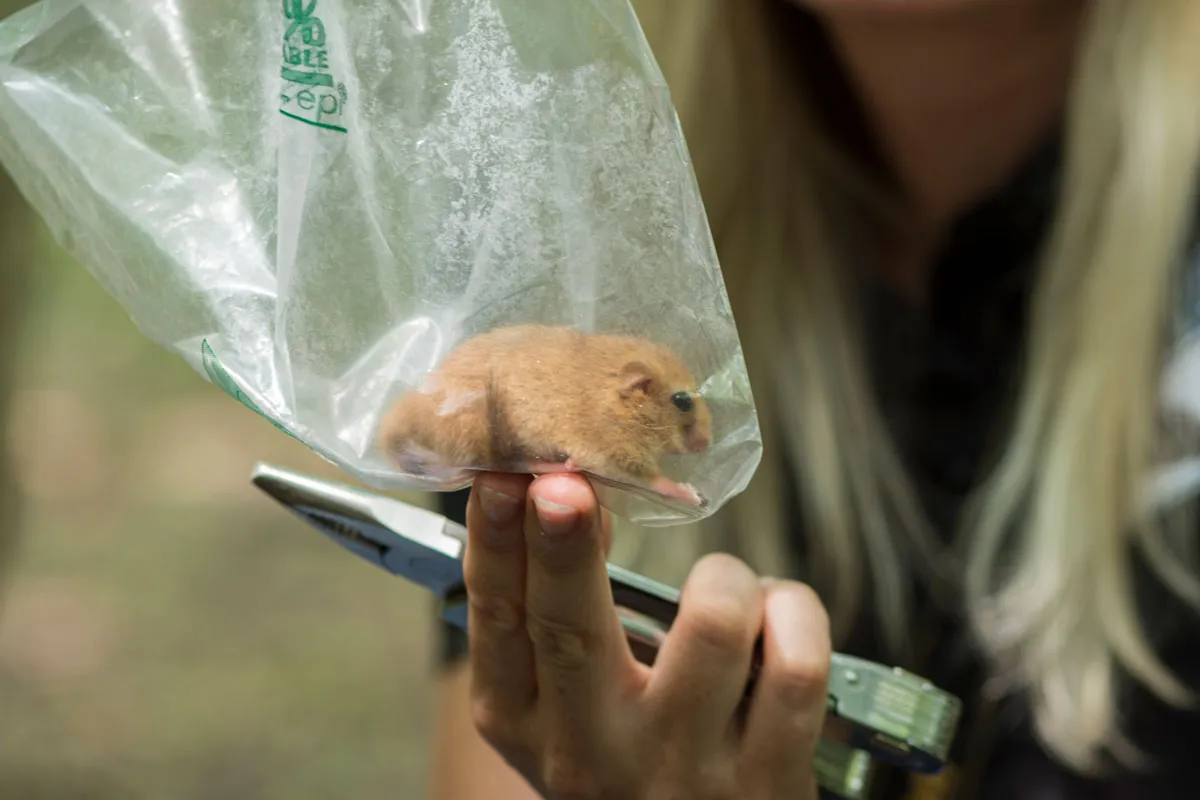Taking place in an undisclosed location today (20 June), 19 breeding pairs of the native dormouse were released by the charity People’s Trust for Endangered Species (PTES), which is leading the scheme to save the dormouse from extinction.
The hazel dormouse has become extinct from 17 English countries since the end of the 19th century, placing them in a critical state of decline. The loss of woodland and hedgerow habitat, as well as changes to traditional countryside management practices have been blamed for the decline.
Ian White, PTES’ Dormouse Officer said: “Our dormouse conservation work involves managing a nationwide dormouse monitoring scheme, coordinating annual reintroductions and advising land owners about empathetic land management practices.
"The reintroductions are important for the long-term conservation of this species, as we’re restoring dormice to counties where they’ve been lost so that they can thrive again. This is a great start in beginning to combat their decline. Our approach also benefits a whole raft of other species including birds, bats and butterflies.”

Prior to release, the dormice undergo a six-week quarantine at ZSL (Zoological Society of London), and Paignton Zoo in Devon to check they are in top condition and reduce the risk of them passing non-native disease, so that they have the best chance of forming a healthy population in the wild.

This marks the 27th reintroduction through the PTES scheme, which has seen a total of 864 dormice released over a 24 year period across 12 English countries.
